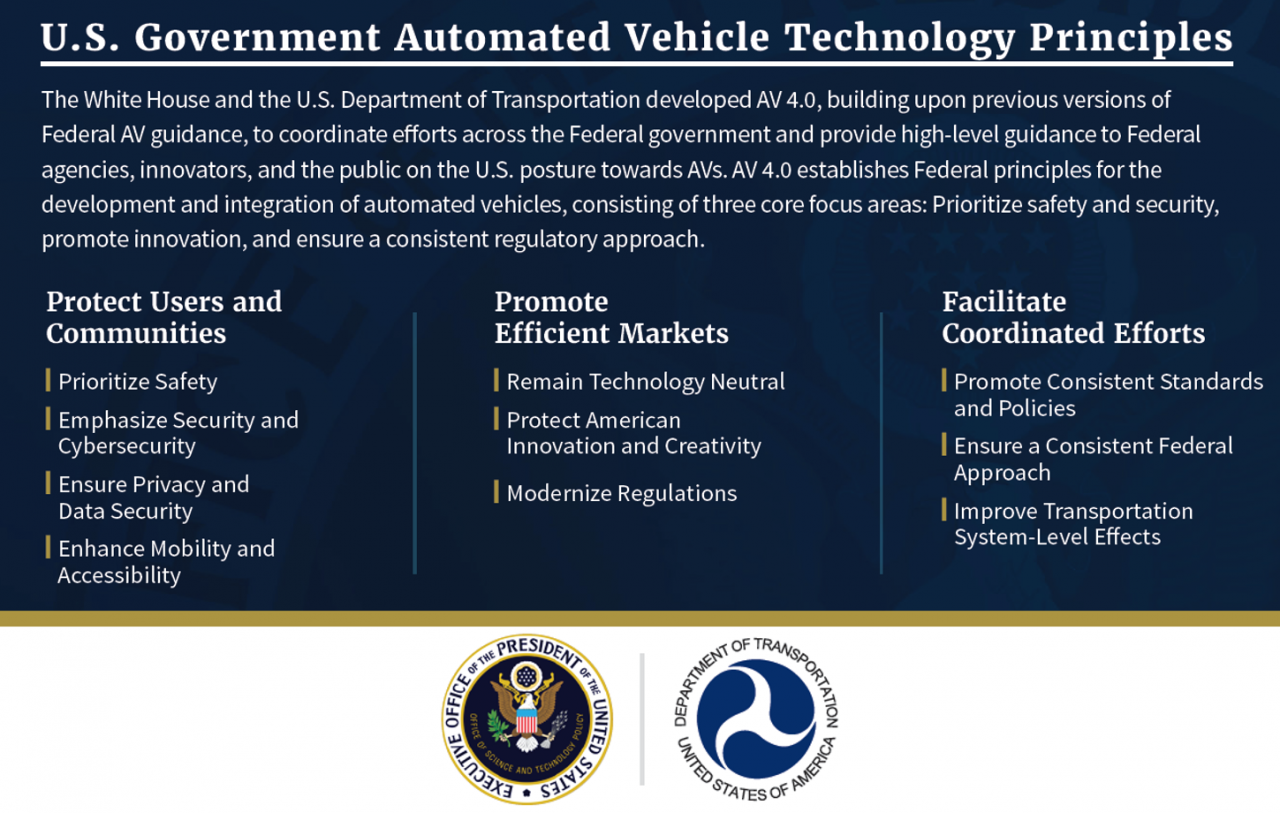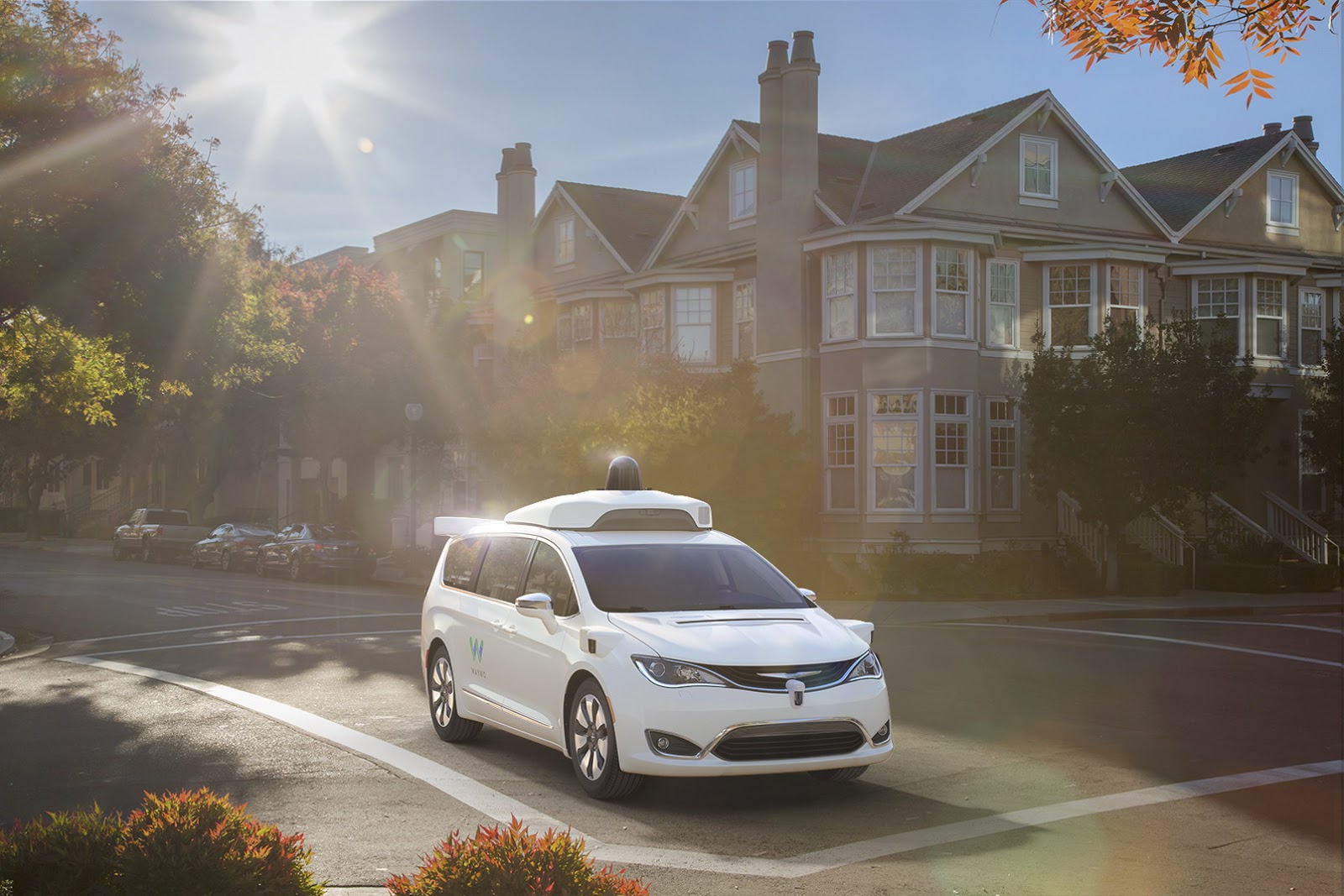The United States government is finally getting serious about autonomous vehicles as Transportation Secretary Elaine Chao has used CES to unveil an initiative known as “Ensuring American Leadership in Automated Vehicle Technologies: Automated Vehicles 4.0.”
While the name isn’t very catchy, AV 4.0 aims to fix the patchwork of laws and regulations regarding autonomous vehicles. As the Department of Transportation explained, the initiative “unifies efforts in automated vehicles across 38 federal departments, independent agencies, commissions, and Executive Offices of The President, providing high-level guidance to state and local governments, innovators, and all stakeholders on the U.S. government’s approach towards AVs.”
This is a major change as the federal government hasn’t been very involved in the discussion. In their absence, individual states have created their own rules and that’s why autonomous vehicle programs have been largely limited to Arizona, California and Michigan.
Also Read: U.S. States Are All Over The Map On Autonomous Cars
According to the government, AV 4.0 will establish federal principles for the development and integration of automated vehicles. They will focus on three key areas including safety and security, innovation and a consistent regulatory approach.
The 56 page document says autonomous vehicles will give America the opportunity of transform transportation, while also increasing economic growth and productivity. The government also stressed that “if developed properly,” autonomous vehicles “have the potential to make our roadways safer by reducing crashes caused by human error, including crashes involving impaired or distracted drivers.”
It goes on to say autonomous vehicles should prioritize safety, ensure privacy and be protected against cyber threats. While most of the discussion has been about hacking individual vehicles, the government mentioned a rarely talked about cybersecurity issue – the electrical grid.
As the government noted, most companies have said their autonomous vehicles will be electric and this means they’ll need to be recharged. This could make the electrical grid an appealing target for bad actors as an attack on this critical piece of infrastructure could leave millions of Americans stranded in the future.
.@SecElaineChao, “So as you can plainly see — in displays @CES, on America’s roads, and in our skies — exciting transportation advancements are occurring. Transportation today is synonymous with #innovation.” #CES2020 pic.twitter.com/FBd3R6we1o
— TransportationGov (@USDOT) January 8, 2020
Elsewhere, the document calls for the government to “remain technology neutral.” This means the public will “choose the most economically efficient and effective transportation and mobility solutions” – not government officials.
Perhaps the most important change is the promise to “modernize or eliminate outdated regulations that unnecessarily impede the development of AVs.” The ultimate goal is to allow autonomous vehicles to operate seamlessly nationwide and internationally. In regards to the latter, the government “will seek rules, both at home and abroad, that are as performance-based and [as] non-prescriptive as possible and do not discriminate against American technologies, products, or services.”






